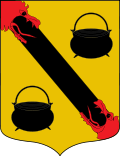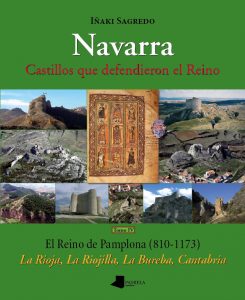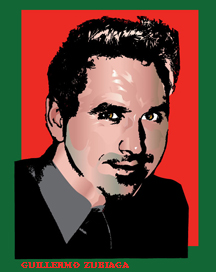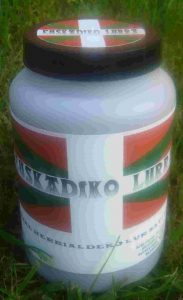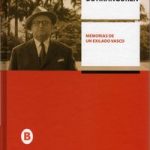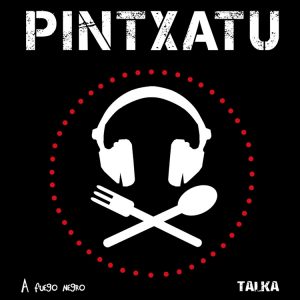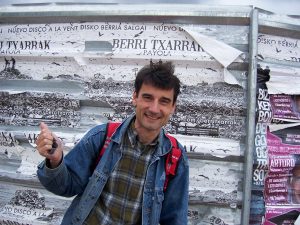I don’t know if it’s just an idea who’s time has come or if great ideas come in pairs, but there are two movies in the works about the Basque experience in the US West.
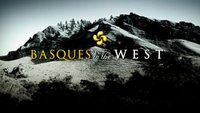 The first, appropriately entitled Basques in the West, is an effort of Canyons Studio. I first heard about this one this summer, at Jaialdi, when I talked to the directors, Amaya Oxarango-Ingram and Brent Barras. Basques in the West is still in production, but they have a clip showing selected scenes on their website here, and they have a Facebook page for the movie here, where they’ve just posted their official trailer to the movie. Basques in the West focuses on interviews with Basques of all generations, those from the Basque Country, those raised on the ranches, and those younger Basques that are trying to continue the traditions however they can.
The first, appropriately entitled Basques in the West, is an effort of Canyons Studio. I first heard about this one this summer, at Jaialdi, when I talked to the directors, Amaya Oxarango-Ingram and Brent Barras. Basques in the West is still in production, but they have a clip showing selected scenes on their website here, and they have a Facebook page for the movie here, where they’ve just posted their official trailer to the movie. Basques in the West focuses on interviews with Basques of all generations, those from the Basque Country, those raised on the ranches, and those younger Basques that are trying to continue the traditions however they can.
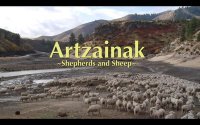 The second film, directed by Javi Zubizaretta and Jacob Griswold, is Artzainak: Shepherds and Sheep, which again deals with the Basque experience in the American West, but focusing a bit more on the sheepherder experience. The trailer, on YouTube, shows the life of sheepherders, both an old time Basque as well as what I presume are Peruvians, the modern day equivalent of the Basque sheepherder. Thus, it moves a bit beyond the Basque experience, examining how sheepherding has moved beyond those original Basque immigrants and now encompasses a new group of immigrants. Artzainak also has a Facebook page and a blog with updates about the promotion of the film.
The second film, directed by Javi Zubizaretta and Jacob Griswold, is Artzainak: Shepherds and Sheep, which again deals with the Basque experience in the American West, but focusing a bit more on the sheepherder experience. The trailer, on YouTube, shows the life of sheepherders, both an old time Basque as well as what I presume are Peruvians, the modern day equivalent of the Basque sheepherder. Thus, it moves a bit beyond the Basque experience, examining how sheepherding has moved beyond those original Basque immigrants and now encompasses a new group of immigrants. Artzainak also has a Facebook page and a blog with updates about the promotion of the film.
As an aside, my dad was one of those Basque immigrants, coming to America to herd sheep. These days, he is still involved, but now he assists and guides the Peruvians that are the heart of the sheep herding industry in Idaho. He drives them where they need to go, helps him move camp, etc. While still an extremely difficult life, it is also a world away from what my dad knew. When he was herding, they were in the hills for months at a time, with little-to-no contact with civilization. Today, the Peruvians drive to the herds and have camps that are significantly more sophisticated than what they had 50 years ago. Plus, while they probably don’t have a signal every where they go, they can take cell phones with them and thus have contact with the outside world.
Back to the films, both of these films celebrate the Basque life in the American West and thus, as the descendant of Basque shepherds, I am extremely interested in seeing them both. I hope they both do well in the market and I look forward to following their successes.


